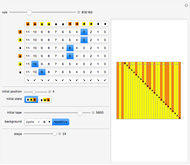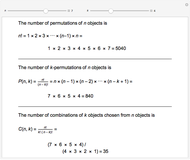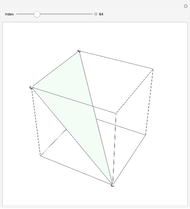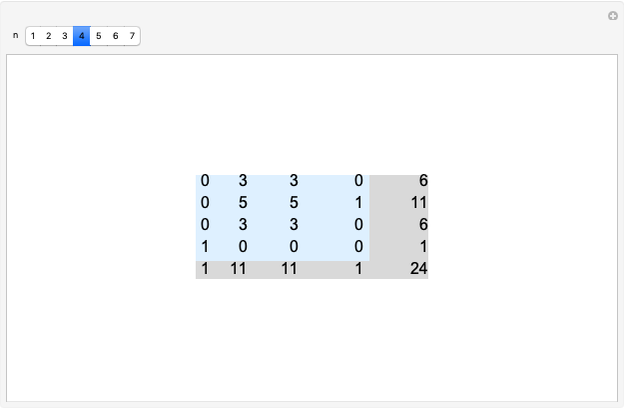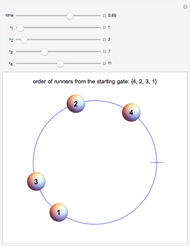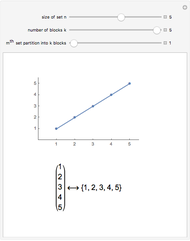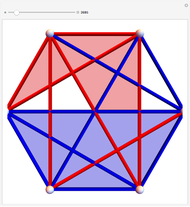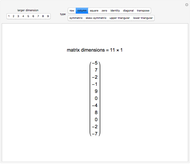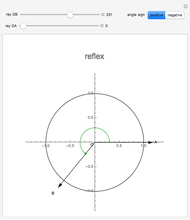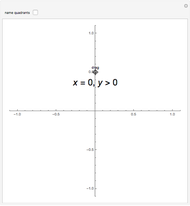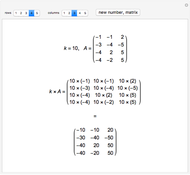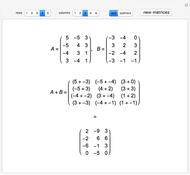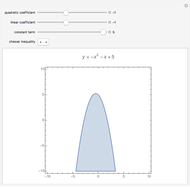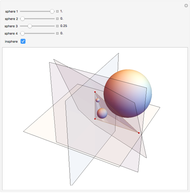Rule of Sum and the Inclusion-Exclusion Principle

Requires a Wolfram Notebook System
Interact on desktop, mobile and cloud with the free Wolfram Player or other Wolfram Language products.
If there are  ways of getting a result
ways of getting a result  and
and  ways to get a result
ways to get a result  , then the number of ways of getting
, then the number of ways of getting  or
or  is
is  , as long as the results
, as long as the results  and
and  do not overlap.
do not overlap.
Contributed by: George Beck (July 2018)
Open content licensed under CC BY-NC-SA
Snapshots
Details
The sum rule generalizes when there are more than two kinds of results, giving
 ,
,
as long as all the pairwise intersections
 ,
,  ,
,  ,
, 
are empty.
If there are overlaps, the right-hand side of the formula is an alternating sum. For example, here is the formula for three sets:
 .
.
Reference
[1] Wikipedia. "Rule of Sum." (Jun 4, 2018) en.wikipedia.org/wiki/Rule_of_sum.
Permanent Citation













